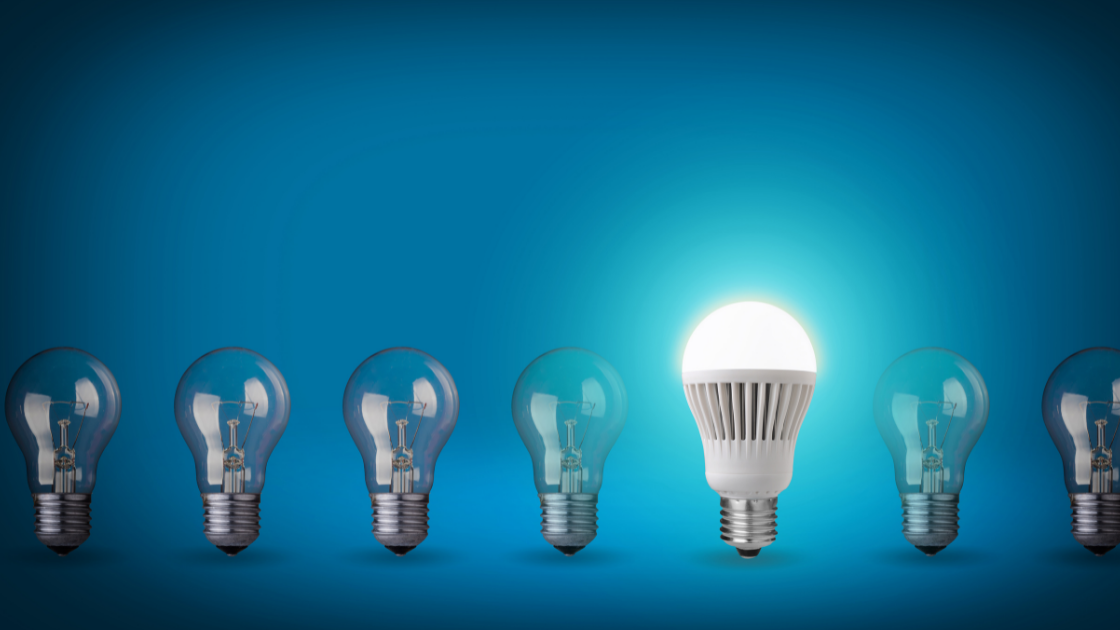Yes, LED lights can reduce your light’s electricity use by up to 75%.
How do LED lights save so much money?
Great question!
Have you ever touched a normal light bulb that was extremely hot?
That’s because an incandescent light bulb, which is to say a normal light bulb, consumes most of the electricity it uses to create heat, which in turn creates light. Unfortunately, only about 10% of the electricity it uses is consumed in actual light.
Incandescent bulbs:
1. Are less bright.
2. Use more energy.
3. Have a shorter life span.
Now, have you ever touched an LED light bulb and noticed it was not hot? That’s because light bulbs do not use heat to create light. The technology used in LEDs enables LED light bulbs to:
1. Be more bright
2. Use 75% less energy
3. Last up to 100 times longer than normal light bulbs.
And, as a bonus, by using less energy you’re not only saving money but you’re also reducing your electrical demand, which in turn helps the environment. Check out all the benefits of LED lighting.
Yep, it’s a no-brainer. But what’s stopping a lot of people from switching?
Price!
For a long time, LED light bulbs were expensive.
However, what you might not know is that LED light bulbs have been dropping in price, in fact, the price for LED lights has dropped 85% in recent years.
But despite their price drop, LED lights can still be expensive costing 3-4 times more than normal light bulbs. However, they last 100 times longer.
When you calculate LED light bulb savings it’s important to factor in all advantages of an LED light.
While the average light bulb costs $2 vs the average LED light bulb costing $8, you also have to factor in that the normal light bulb will 1) Use more energy and 2) Will need to be replaced sooner.
Here you can see the difference in cost over a ten year period:

LED Lights Also Have Many Color Options
Most people are used to the warm yellow glow of incandescent and halogen bulbs.
But LED lights are also available in cooler shades of white and daylight hues, as well as dimmable and non-dimmable varieties.
While one of the earliest problems with LED lights was the harsh direct light, consumers can now choose direct light or omnidirectional bulbs, illuminating a whole room.
If you are looking to change your light bulbs to LED lights for your home or business in New Jersey, please do not hesitate to contact us for a free onsite analysis and quote.
Article by
Rebecca Samson
Editor, Bio Developing



Recent Comments